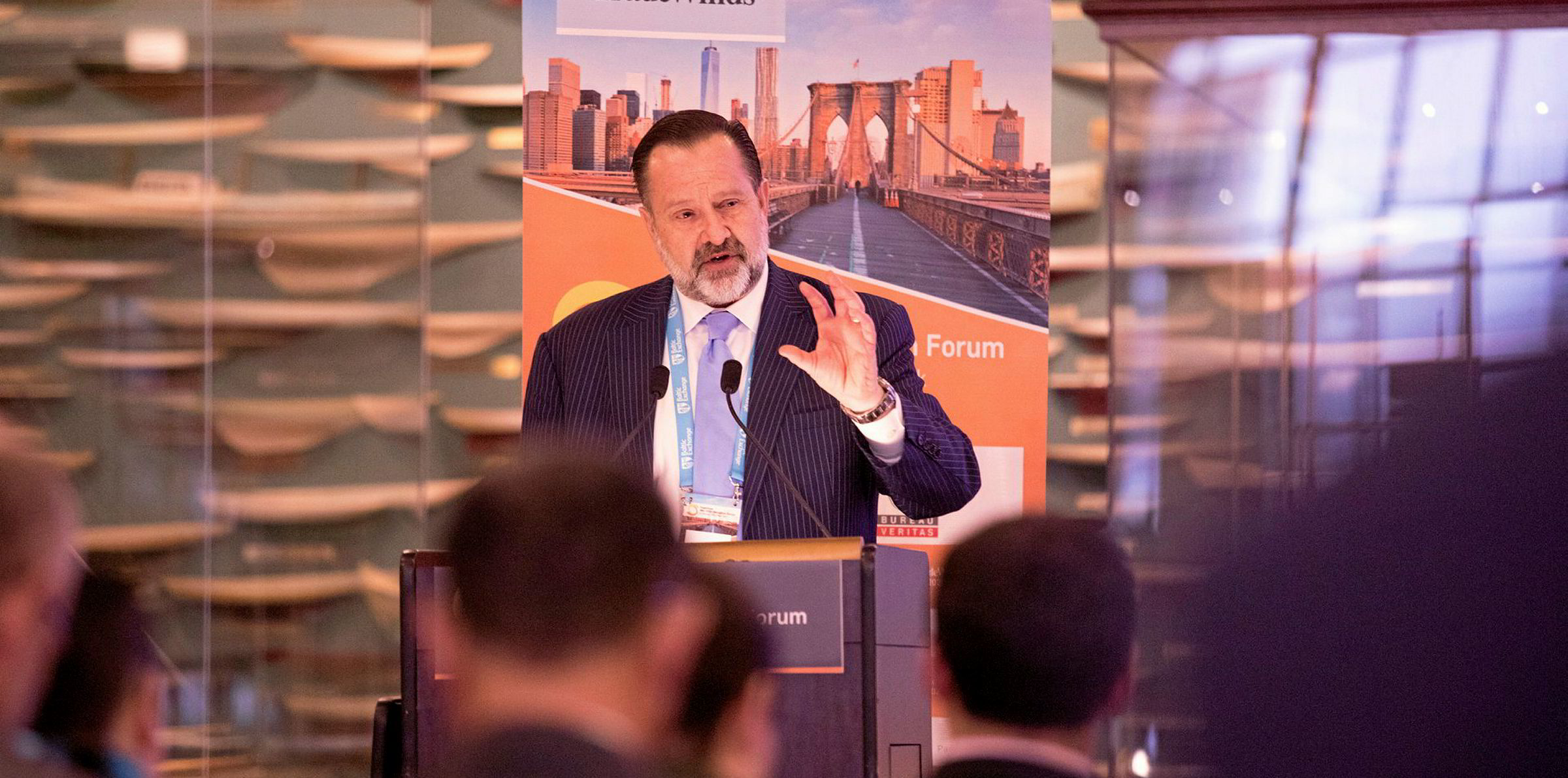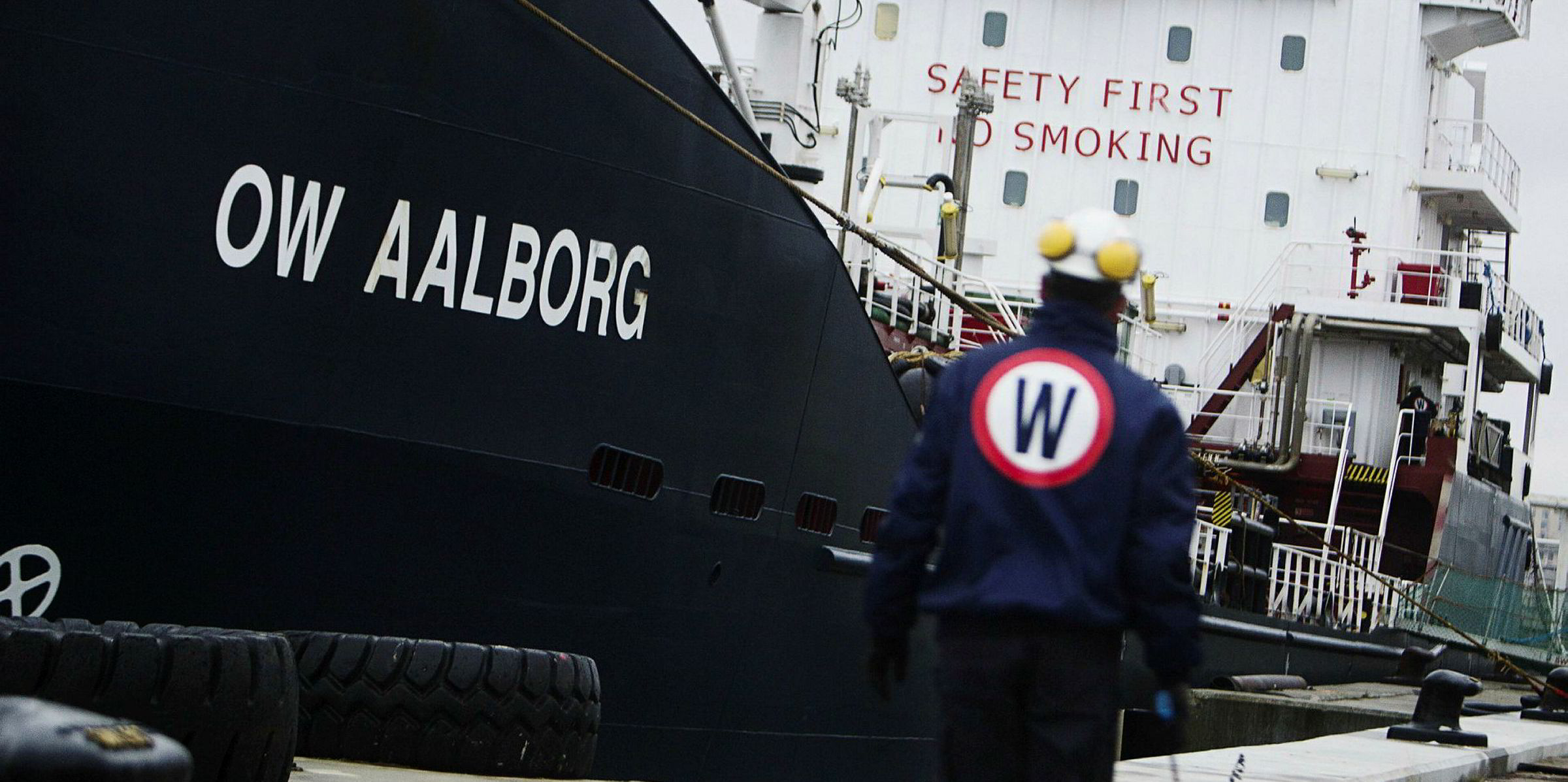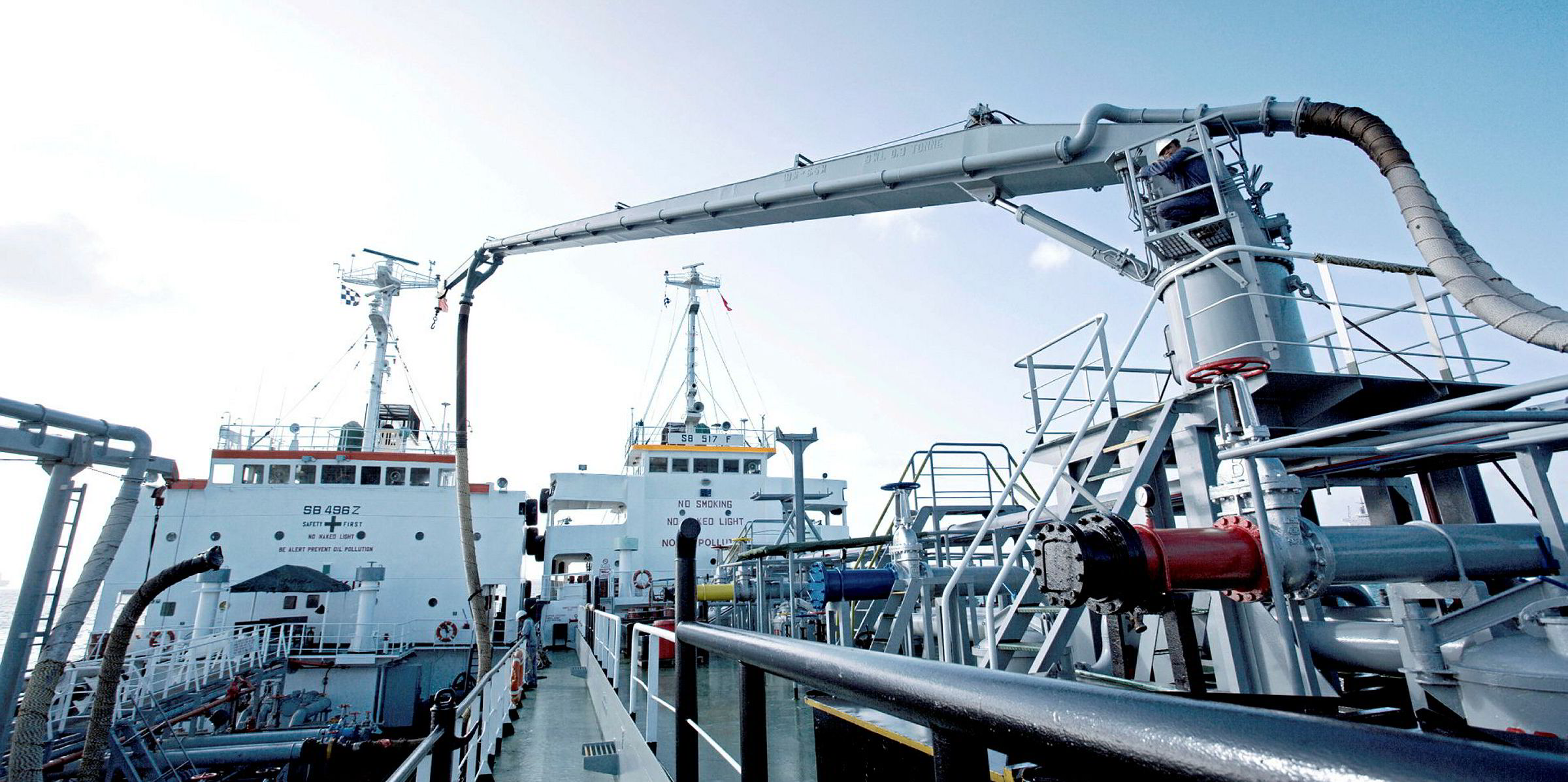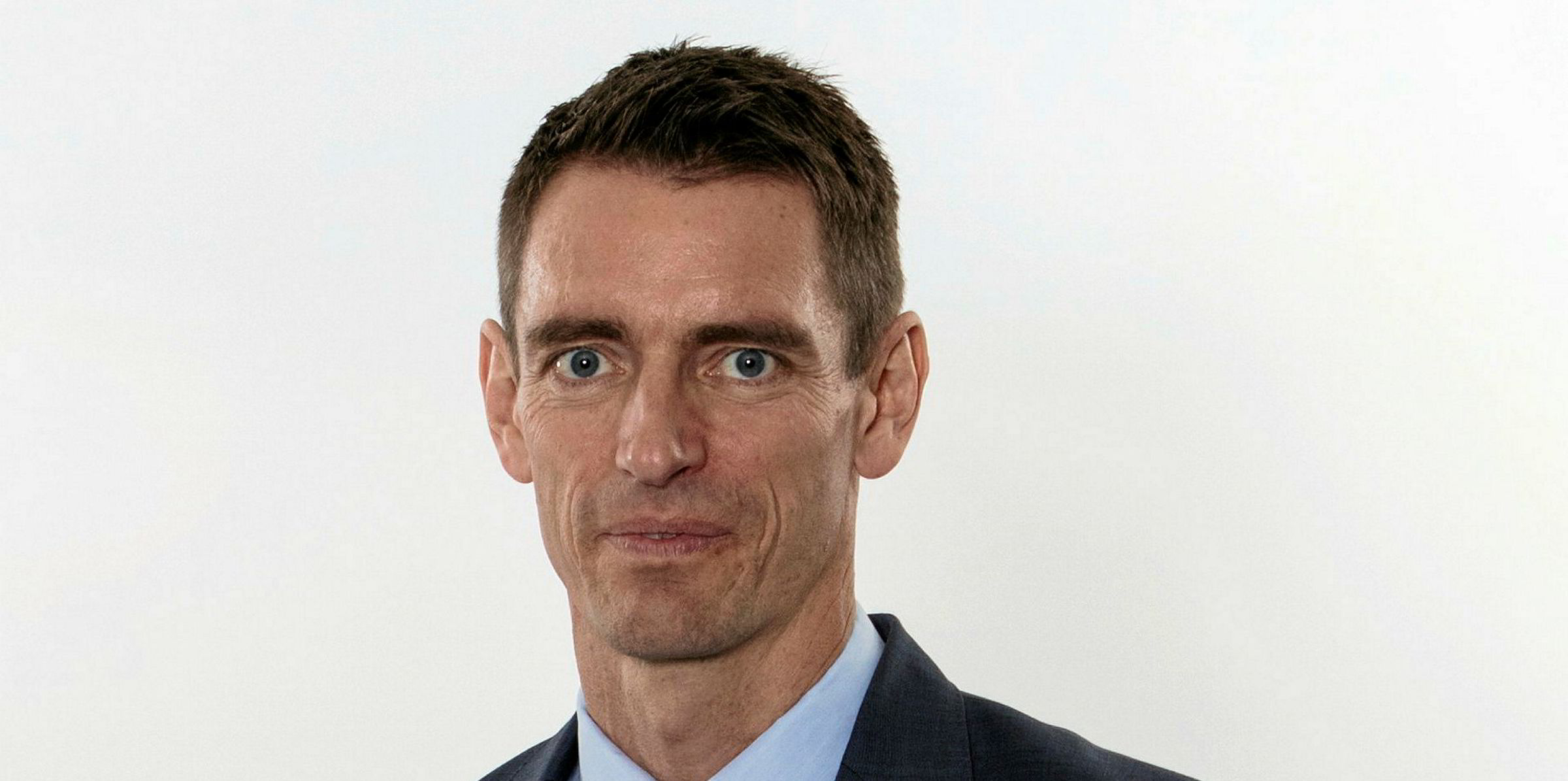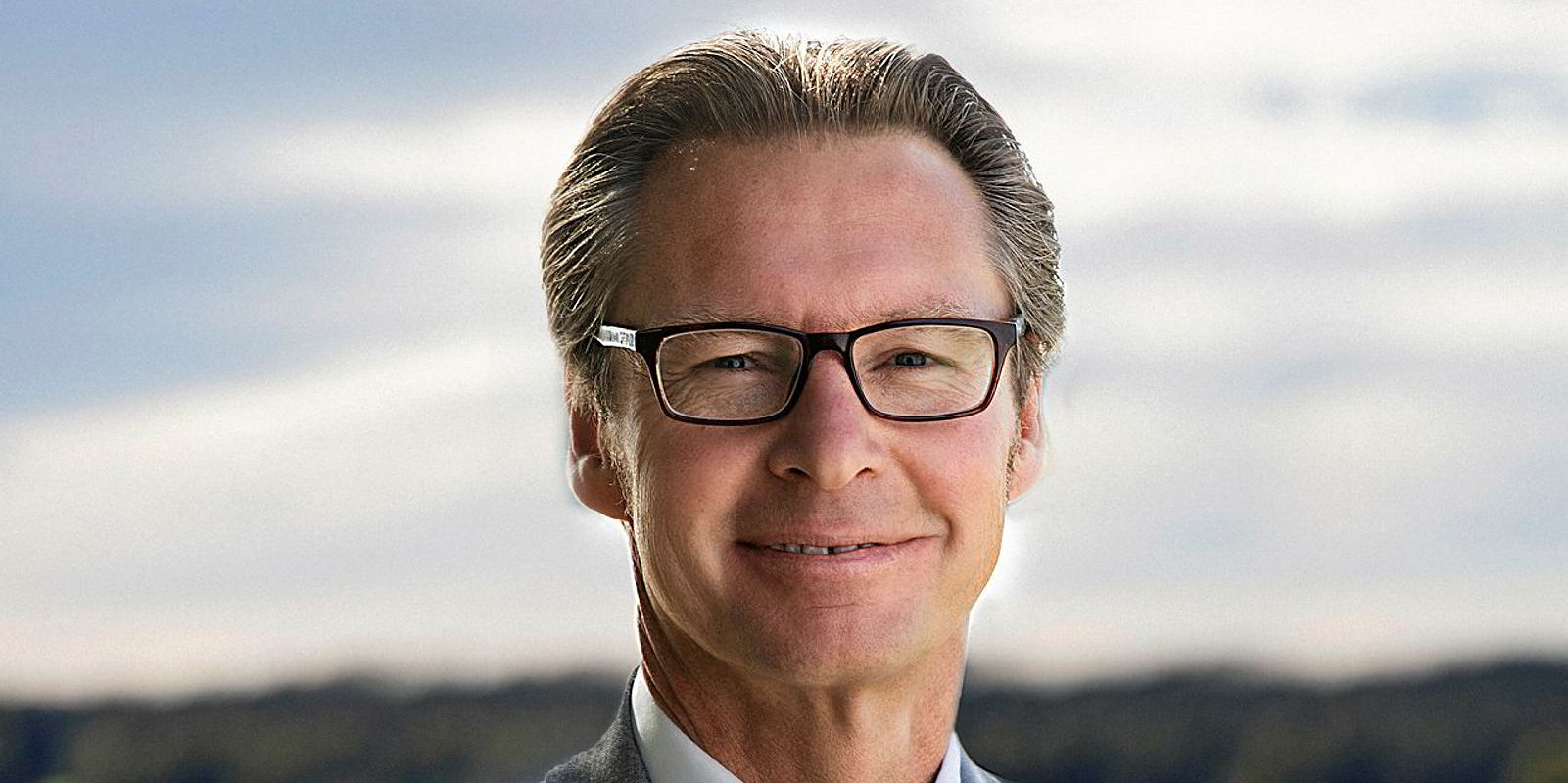The coronavirus pandemic hit marine fuel sales in the US particularly hard while some Asian bunkering hubs actually saw increased volumes, according to an industry survey.
The joint study, conducted by Ship & Bunker and BLUE Insight, showed bunker demand at the world’s 16 main refuelling hubs amounted to just over 30m tonnes in the second quarter.
This was down 9.3% from the same period of 2019.
The US Gulf and New York both registered 30% falls in bunker sales, the largest across the globe.
During the second quarter, a record amount of tankers entered floating storage due to an oil price war and a coronavirus-triggered demand collapse, industry estimates showed.
“The tankers typically visiting US Gulf ports were all chartered and fully laden, but not moving or consuming a great deal of fuel while the floating storage surge continued,” the study said.
Meanwhile, lower bunker volume in New York resulted from reduced demand from container lines and the “nearly absence” of cruiseships, the study added.
Among other hubs in the Americas, Panama and the Los Angeles-Long Beach area both recorded 15% reduction in bunker sales.
Resilient Asian hubs
Singapore, the world’s largest refuelling port, saw a 2% gain in sales to 11.9m tonnes in the second quarter.
“The relatively strong performance…can be largely put down to demand starting to congregate at the world’s largest bunkering hubs, in particular buyers in container shipping,” the study said.
“This may have been both because of uncertainty over the stability of suppliers at small ports during a crisis, and possibly the remains of nerves over very low sulphur fuel oil [VLSFO] supply and quality at the start of IMO 2020.”
The International Maritime Organization has lowered the cap on sulphur in bunker fuels from 3.5% to 0.5% since January, and there are occasionally reports of new supply not meeting industry standards.
Zhoushan saw a 11% increase in bunker sales, the largest among all regions, after Beijing started to offer rebate on value-added tax for fuel sales from February.
“China’s tax system this year set the stage for its ports to take away some market share from Singapore and other bunkering locations in the region,” the study said.
Japan recorded a 9% gain as Japanese refiners have shifted their focus to producing VLSFO.
The country has been able to take demand away from competing areas in the region, most notably South Korea, the study said.
A 'depressing' quarter
Elsewhere, Fujairah and South Africa both recorded 20% falls and Gibraltar registered a 19% decrease. Sales in the Amsterdam-Rotterdam-Antwerp (ARA) region dropped 9%.
The study is based on official data and interviews with physical suppliers, brokers and traders during summer.
BLUE Insight director Adrian Tolson described the overall bunker market in the second quarter as “pretty depressing”, but he added the consolidation of container service consolidation supported some hubs like Singapore and the ARA.
“It seems, as we suspected, that the smaller ports would suffer more than bigger ports,“ Tolson said.
